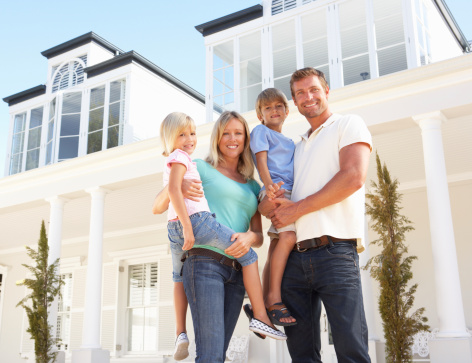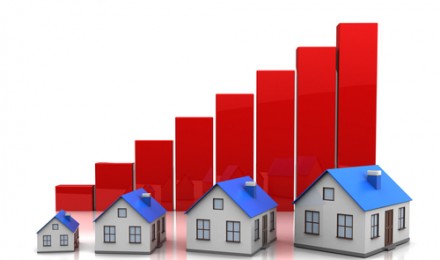According to a recent report issued by the National Association of Realtors (NAR), existing home sales rose in January – the third consecutive month of increased sales. The rate of total existing home sales (which includes single-family, townhouses, co-ops, and condos) was up 4.3% compared to December’s numbers. January home sales were an estimated 4.57 million, while December’s rate was 4.38 million. The numbers for January 2012 were 0.7% above the 4.54 million sold in January 2011.
NAR attributed the growth in sales to pent-up housing demand, low mortgage interest rates, low home prices, rising rents, and improved job creation. The organization saw the improved figures as a favorable indicator for the health of the spring home market.
Inventory: The total housing inventory – which measures existing homes available for sale – dipped 0.4% from December, representing a 6.1 month supply of homes at the current sales pace. In December, the inventory was at a 6.4 month supply. This figure is 20.6% below the amount in January 2011. The total unsold inventory hit a peak of 4.04 million in July 2007, but January’s inventory was 2.31, the lowest amount since the start of the economic recovery. NAR believes that the market has a good balance between the number of sellers and buyers.
Prices: The median sale price for existing homes was $154,700, which is a 2.0% decline from January 2011 and a 4.6% decline from December. Foreclosures accounted for 22% of the January sales, while short sales accounted for 13%. These deeply discounted sales accounted for 35% of total sales, an increase from 32% in December.
Regional Sales: The West led the increase in home sales with a jump of 8.8%. In the Northeast and the Southern states, existing home sales increased 3.4% and 3.5% respectively. The increase in the Midwest was 1.0%, but still represents a 3.2% increase over January 2011.
Why Consumers Care: All indices related to housing are seen as indicators of the overall strength of the economy, particularly given the mortgage crisis which started in 2007. Based on information like existing home sales, investors make decisions about purchasing stocks and bonds related to mortgage companies, home builders, and other home-related industries. When consumers purchase homes it also creates income for a wide range of services and products, including furniture, tree services, cleaning services, and many others, so an increased rate of home ownership can be good for the economy.
According to a recent report issued by the National Association of Realtors (NAR), existing home sales rose in January – the third consecutive month of increased sales. The rate of total existing home sales (which includes single-family, townhouses, co-ops, and condos) was up 4.3% compared to December’s numbers. January home sales were an estimated 4.57 million, while December’s rate was 4.38 million. The numbers for January 2012 were 0.7% above the 4.54 million sold in January 2011.
NAR attributed the growth in sales to pent-up housing demand, low mortgage interest rates, low home prices, rising rents, and improved job creation. The organization saw the improved figures as a favorable indicator for the health of the spring home market.
Inventory: The total housing inventory – which measures existing homes available for sale – dipped 0.4% from December, representing a 6.1 month supply of homes at the current sales pace. In December, the inventory was at a 6.4 month supply. This figure is 20.6% below the amount in January 2011. The total unsold inventory hit a peak of 4.04 million in July 2007, but January’s inventory was 2.31, the lowest amount since the start of the economic recovery. NAR believes that the market has a good balance between the number of sellers and buyers.
Prices: The median sale price for existing homes was $154,700, which is a 2.0% decline from January 2011 and a 4.6% decline from December. Foreclosures accounted for 22% of the January sales, while short sales accounted for 13%. These deeply discounted sales accounted for 35% of total sales, an increase from 32% in December.
Regional Sales: The West led the increase in home sales with a jump of 8.8%. In the Northeast and the Southern states, existing home sales increased 3.4% and 3.5% respectively. The increase in the Midwest was 1.0%, but still represents a 3.2% increase over January 2011.
Why Consumers Care: All indices related to housing are seen as indicators of the overall strength of the economy, particularly given the mortgage crisis which started in 2007. Based on information like existing home sales, investors make decisions about purchasing stocks and bonds related to mortgage companies, home builders, and other home-related industries. When consumers purchase homes it also creates income for a wide range of services and products, including furniture, tree services, cleaning services, and many others, so an increased rate of home ownership can be good for the economy.







